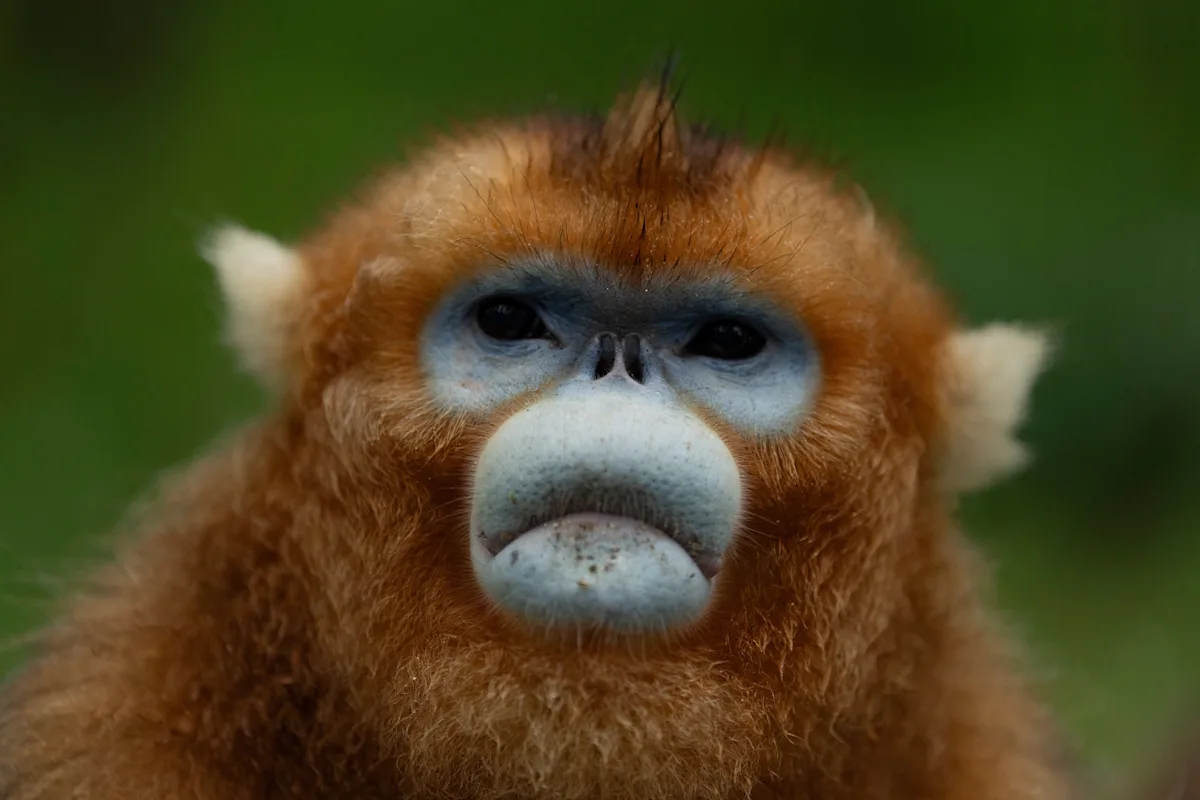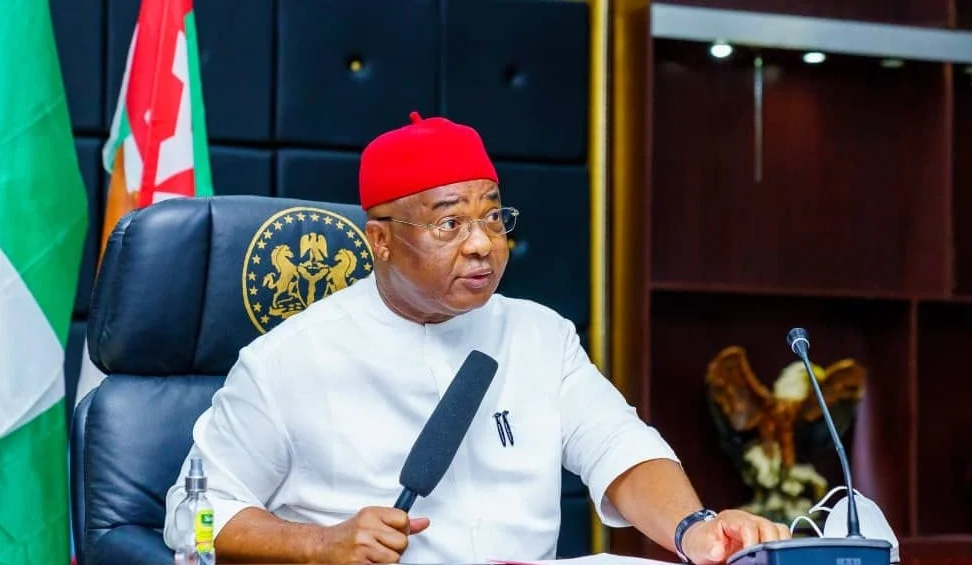China has sent golden snub-nosed monkeys on a long-term loan to European zoos for the first time. In April three were placed at France’s Beauval Zoo and a similar group arrived in Belgium’s Pairi Daiza in May. This development marks yet another chapter in China’s strategy to leverage iconic species for international cooperation.
The Monkeys and Their Significance
The rare monkeys are native to central China and live only in remote mountainous regions. They stand out with golden-orange fur, pale blue faces and a distinctive upturned nose. The new arrivals live under a decade-long cooperation agreement that emphasizes conservation, research and habitat protection.
Beauval’s facility features architecture styled with Chinese design to support their adaptation and raise public awareness. Meanwhile at Pairi Daiza, their habitat includes climbing logs, rope ladders and themed pavilions to replicate elements of their native forest environment.
Diplomacy, Conservation and Ethics
The initiative serves multiple roles. First, it allows China to broaden its “soft power” beyond the well-known panda loans. Countries hosting these monkeys signal stronger ties with China and gain access to collaborative wildlife programs. However, some experts raise concerns about animal welfare and stress associated with long-distance transfers. They say species and individuals may pay a price even while the broader conservation message carries on.
Moreover, the arrangement uses the same system that manages panda loans, which typically include financial contributions tied to habitat preservation back in China. Observers say successful adaptation of these monkeys abroad could build momentum for more cross-national animal programmes.
What’s Next for the Program
Zoo officials in both France and Belgium say the monkeys are adjusting well and appear healthy after quarantine. Further research projects, breeding programmes and educational efforts are planned to deepen ties between the host institutions and Chinese authorities.
At the same time, attention will focus on how these efforts translate into measurable conservation outcomes. If the program succeeds, golden snub-nosed monkeys could become a new symbol of global cooperation with China and set a template for future species exchanges.
Conclusion
China’s decision to send golden snub-nosed monkeys to Europe illustrates a refined version of its animal diplomacy approach. The move blends cultural symbolism, conservation goals and international relations. While the animals themselves represent fragile forests of central China, they also carry a much larger story one of reinvention, collaboration and the complex role of wildlife in diplomacy.
Bonus Read: North Atlantic Right Whale Population Shows Optimistic Growth




2 thoughts on “China Deploys Golden Monkeys as New Diplomatic Ambassadors”